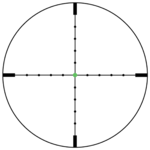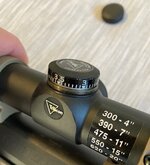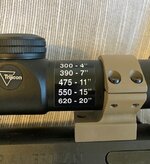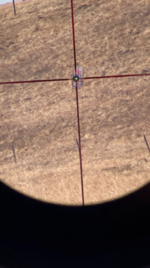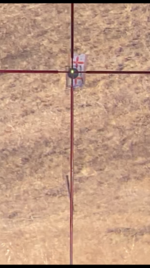young7.3
WKR
- Joined
- May 16, 2017
- Messages
- 444
I have a 6.5prc that im looking for a scope to match to. Ive heard the big downside to ffp is the crosshairs are very faint on low power for hunting. So im looking at sfp scopes and my concern is the feasibility of doing the math in the moment of the shot and being accurate. Say on half power, the adjustment will be less than at full power, correct? So do guys with sfp scopes have a dope chart that includes alternative power holdover?
For example, for a 4-16 power scope, do you have a column of holdovers for 8, 12, and 16 power levels? Or do you do the math in your head? Im trying to figure out which method is best strictly for hunting.
Sent from my iPhone using Tapatalk
For example, for a 4-16 power scope, do you have a column of holdovers for 8, 12, and 16 power levels? Or do you do the math in your head? Im trying to figure out which method is best strictly for hunting.
Sent from my iPhone using Tapatalk

